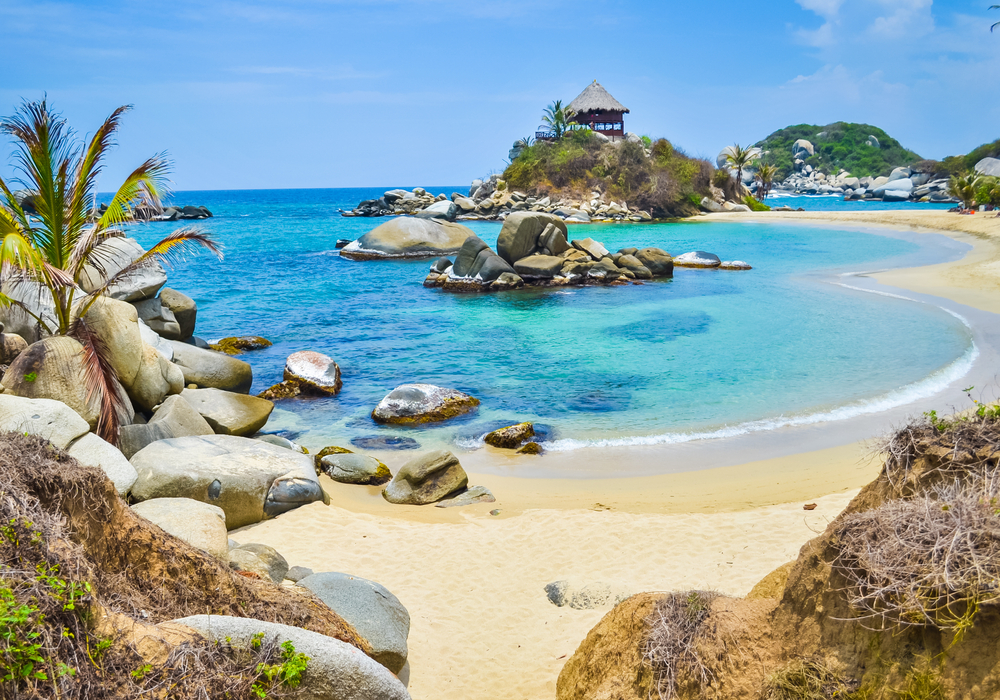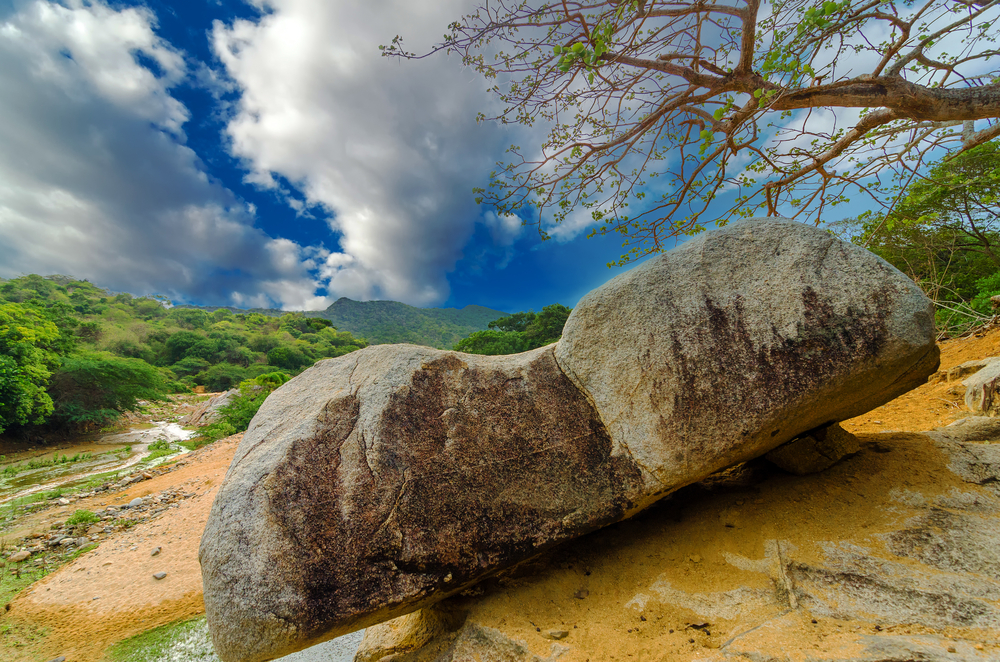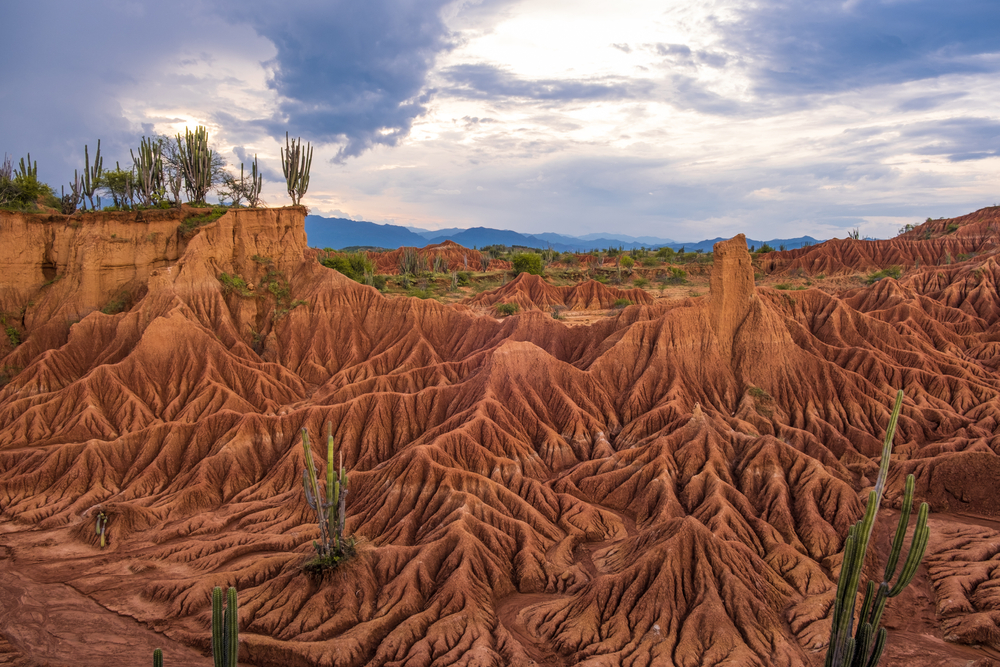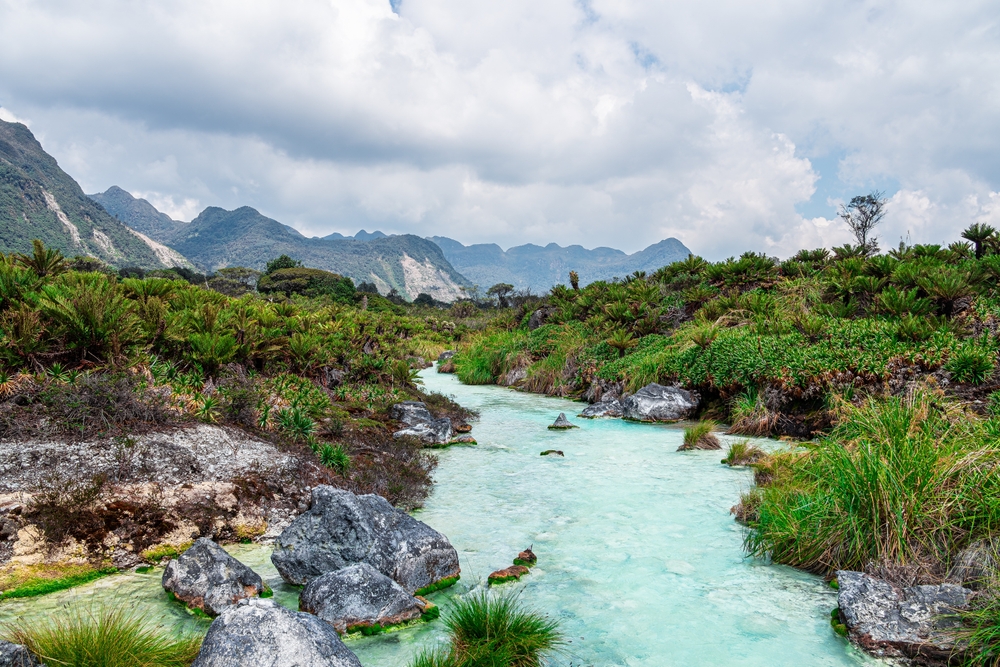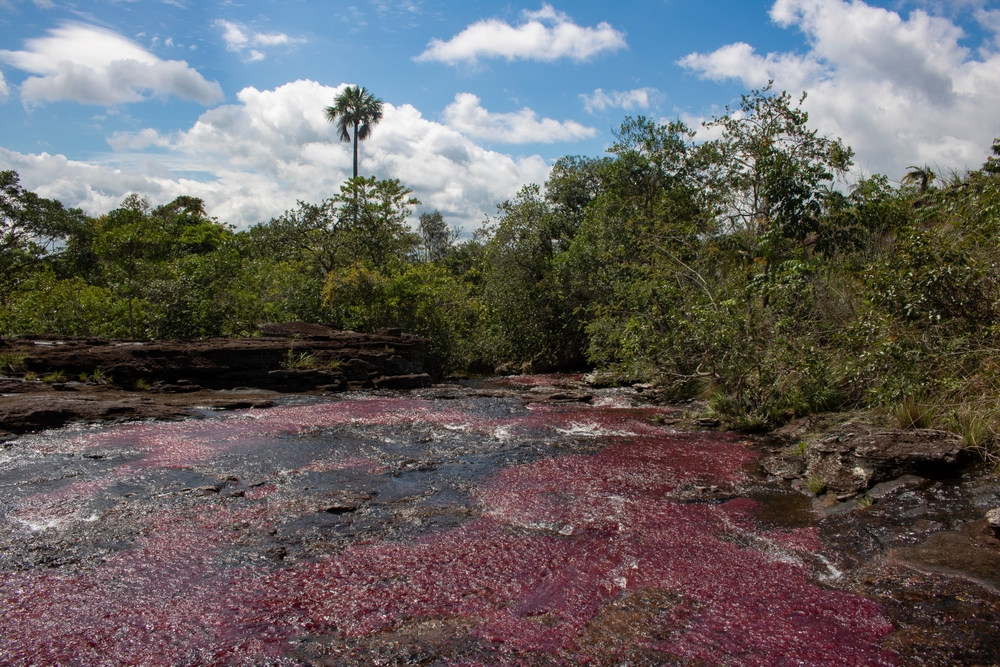Serranía de los Churumbelos Auka-Wasi Overview
Serranía de los Churumbelos Auka-Wasi National Park, located in southern Colombia, spans approximately 579 square miles (1,500 square kilometers). It extends across the departments of Caquetá, Cauca, Putumayo, and Huila, serving as a vital ecological corridor between the Amazon and the Andes.
The park protects a section of the Serranía de los Churumbelos mountain range, a relatively isolated chain of hills and mountains that rise dramatically from the lowland Amazon rainforest.
With elevations ranging from 300 meters to over 3,000 meters, the park’s varied terrain creates diverse ecosystems, including lowland tropical rainforests, cloud forests, and high-elevation páramos. Waterways such as the Caquetá River and its tributaries carve through the dense vegetation, creating mist-covered waterfalls and hidden gorges that add to the park’s remote and pristine character.
The park is a biodiversity hotspot, home to an astonishing array of flora and fauna due to its position at the convergence of the Amazon, Andean, and Orinoco biogeographic regions. Mammals such as jaguars, pumas, spectacled bears, and tapirs roam through the forests, while smaller species like the olingo and various species of monkeys, including woolly monkeys and tamarins, thrive in the dense canopy.
The birdlife is particularly remarkable, with over 500 species recorded, including the Andean cock-of-the-rock, white-plumed antbird, and the rare yellow-eared parrot. The park’s forests are also inhabited by numerous amphibians and reptiles, many of which are endemic to the region. Its plant life is equally diverse, with towering ceiba trees, endemic orchids, and giant tree ferns contributing to the lush and impenetrable greenery.
Among the park’s most remarkable features are its untouched primary forests and the scenic ridges of the Serranía de los Churumbelos, offering breathtaking views of the surrounding jungle and mountains.
Hidden waterfalls and caves scattered throughout the park provide a sense of exploration for the few adventurers who reach its remote interior. The cultural heritage of the area is also significant, with indigenous groups such as the Inga and Kamentsá people having historical ties to the land. Their traditions and knowledge continue to influence the understanding and conservation of the park’s ecosystems.
Due to its remote location and lack of established infrastructure, the park is not a common destination for casual tourists, making it ideal for researchers, conservationists, and experienced ecotourists. Visitors who do venture into the park often do so on guided expeditions focused on birdwatching, wildlife observation, and scientific research.
The rugged landscape and dense forests make for challenging yet rewarding trekking experiences, and those who reach the higher elevations are rewarded with spectacular panoramic views. The park’s rivers and streams also offer opportunities for exploration by boat, particularly in areas where the forest transitions into wetlands.
Serranía de los Churumbelos Auka-Wasi National Park faces conservation challenges related to deforestation, illegal mining, and agricultural expansion, which threaten the integrity of its ecosystems.
However, efforts by Colombia’s national park service and conservation organizations have helped secure legal protections for the region and promote sustainable land management. The park’s vast, largely untouched wilderness provides a critical refuge for species affected by habitat loss elsewhere in the country.
As awareness of its ecological importance grows, ongoing conservation projects aim to strengthen protection measures and foster collaboration with local communities to ensure the long-term preservation of this extraordinary natural sanctuary.











































































